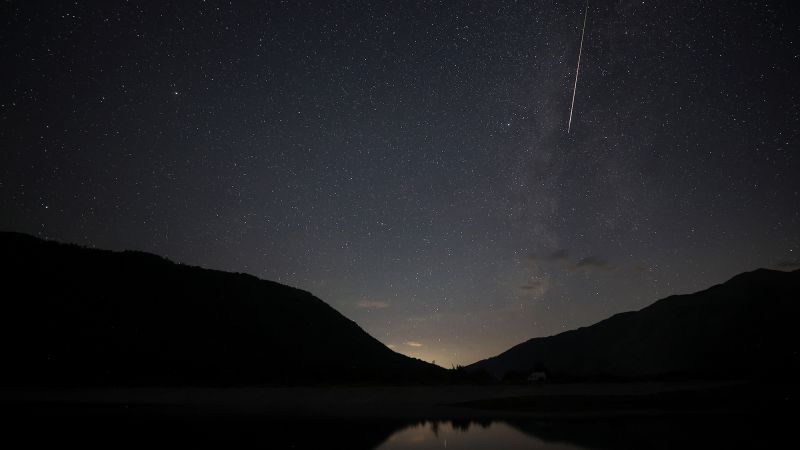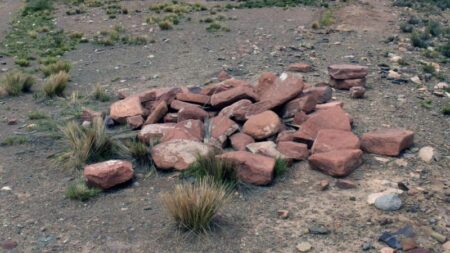The Perseid meteor shower, one of the most anticipated celestial events of the year, is finally upon us. Known for its vibrant display with bright meteors leaving impressive streaks across the night sky, this year’s peak is expected to occur at 4 p.m. ET on a Tuesday. Skywatchers have historically observed between 40 to 50 meteors per hour during the Perseids. However, this year, the visibility may be less favorable due to the timing of the event coinciding with a full moon in August.
As the moon will be in a waning gibbous phase, illuminated to about 85%, its brightness is likely to obscure many meteors, possibly limiting observations to only 10 to 20 meteors per hour. Bill Cooke, the lead at NASA’s Meteoroid Environments Office, explains that the moon’s brightness can significantly affect the visibility of the meteor shower, which is a common challenge for stargazers during this particular time.
Despite these conditions, there are optimal windows for viewing the Perseids. According to Robert Lunsford, fireball report coordinator for the American Meteor Society, the best time to observe would be shortly after dusk and before moonrise on the night of August 12, when a one-hour gap exists allowing some visibility of Perseid activity. During this time, observers can look towards the constellation Perseus in the northern sky. However, the position of Perseus near the horizon may restrict the full spectrum of meteors that can be seen.
Lunsford notes that most meteors during this event are visible for only milliseconds; nevertheless, a rare sight called “Earth grazers” may linger longer, lasting two to three seconds. This phenomenon occurs when meteors skim the upper atmosphere, creating spectacular trails. For those eager for the best views, the hours just before dawn on Wednesday offer another opportunity. Even with a bright moon in the southern sky, gazers can shift their focus northward and still catch some of the brighter meteors streaking across the atmosphere.
As an added celestial spectacle, the peak of the Perseids coincides closely with the conjunction of Venus and Jupiter, which will be shining brightly in the eastern sky before sunrise. This conjunction is a rare occurrence, happening only about once a year but always offering dramatic views as the two brightest planets align in the night sky. Moreover, Saturn will also be visible later in the evening, appearing near the moon before it rises.
To enrich stargazing experiences, it’s essential to mark the upcoming meteor showers over the next year. The American Meteor Society has provided key dates for significant meteor events in 2025, including the Draconids on October 8-9, the Orionids on October 22-23, and several others throughout November and December, culminating in the Geminids on December 13-14, showcasing the year’s most prolific display.
On the lunar front, the year will also see four full moons that boast supermoons in the fall months—October, November, and December, with specific dates marked for each.
Additionally, as summer approaches its end, two noteworthy eclipse events will occur. On September 7 and 8, a total lunar eclipse will be visible in extensive regions including Europe, Asia, Australia, Africa, and parts of South America, while a partial solar eclipse will take place on September 21, seen from parts of Australia and vast oceanic expanses. Eclipses create unique sights as they showcase celestial alignments, such as the moon passing into Earth’s shadow, rendering the moon a captivating reddish hue often referred to as a “blood moon.”
In summary, the upcoming meteor shower and celestial events present excellent opportunities for enthusiasts to engage with the cosmos. So grab your blankets, check your cameras, and prepare for an evening under the stars—the universe has much to offer.












